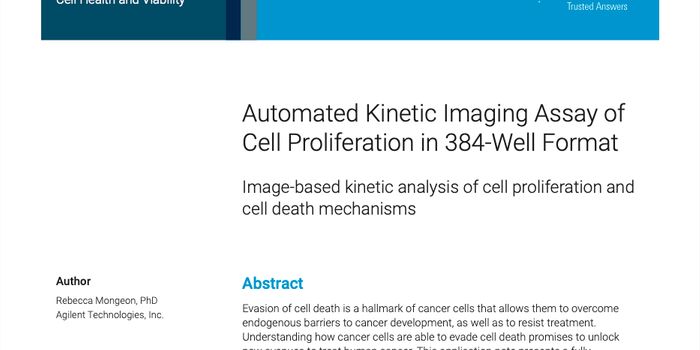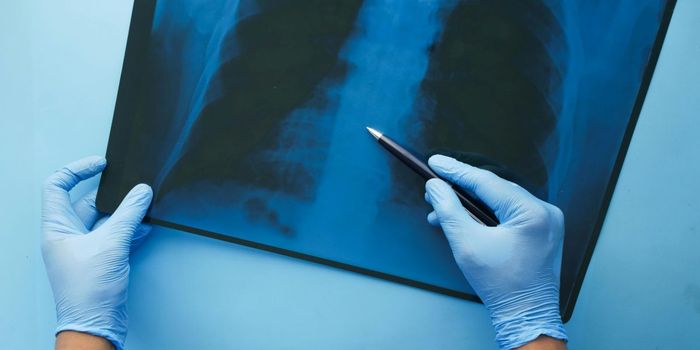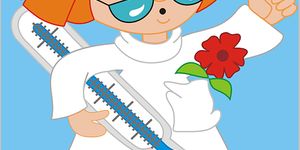Ancient Animal Provides a New Window Into Tissue Cohesion
Stanford University bioengineer Manu Prakash wanted to visualize the behavior of every cell in an adult organism, simultaneously and in detail. To do so, he found a marine animal that is considered one of the simplest, Trichoplax adhaerens, which he gave the nickname Tplax. He began to study it almost eight years ago, and since then it has revealed a new kind of contraction between its cells that may help us understand how complex animals withstand the forces generated by the body and the environment. These findings, which were reported in the Proceedings of the National Academy of Sciences, may inspire the creation of a special material called an active solid that can rapidly make significant alterations to its own physical nature.
“Much of the rules of biology that we read in textbooks have been, so far, dictated by a few sets of model organisms,” said Prakash, who is an associate professor of bioengineering and senior study author. “If we intend to be the generation that will unravel laws of biology, it’s extremely important to understand and appreciate the diversity of what has evolved on our planet and think much more holistically about what is actually possible in biological systems.”
The researchers had to learn how to work with Tplax, which moved around a lot under their microscopes. Eventually, they were able to track every adjustment in its cells.
“There was literally a day where, for the first time, I had some of the stains that label Tplax cells working, and under the microscope, we saw an explosion of cellular contractions,” recalled Prakash. “It looked like fireworks under a microscope, and that was the moment that told us there is something very special about this animal and we needed to understand it.”
The fast contractions of Tplax cells were generating those fireworks. Its body is composed of two layers of tissue that are like skin. It has no neurons or muscles, but the researchers found that in its epithelial cell layer, contractions are happening that are ten times faster than any ever reported in epithelial cells. The force from those squeezes would rip apart biological tissue that was comparably thin - only a quarter of the thickness of a piece of paper.
The researchers have hypothesized that a mechanism called active cohesion prevents the tissue from tearing - while some cells are strongly contracting, others are softening. Instead of reacting to a force, there is coordination to the cell movement, distributing stress throughout Tplax and allowing the animal to remain in control, and intact.
These findings (which are outlined in the video above) open up new questions about whether cellular activity works in concert with epithelial contractions.
“We look at this simple creature and we see it make decisions and move and hunt,” said lead study author Shahaf Armon, a Prakash lab postdoctoral fellow. “It’s a huge evolutionary question, how single cells merged to become multicellular organisms and how such a minimal tissue made of identical cells is able to then perform complex behaviors.”
The team wants to use this knowledge to engineer an active solid. They know that the Tplax epithelium has a unique structure; cells shaped like T’s have a thin top sheet and a nucleus at the bottom, which are lined up like a layer of bricks. That geometry could be a critical part of a new material.
By utilizing laboratory lineages, the researchers were also able to generate Tplax with very different sizes and shapes. Cell coordination can thus be modeled on many levels with those animals.
“Tplax are really mysterious beasts,” added study co-author Matthew Bull, a graduate student in the Prakash lab, “but we use that to our advantage to find where our understanding of what it means to be part of the animal kingdom bends and then breaks.”
The lab discusses these findings in the video.
Source: Stanford University, PNAS








